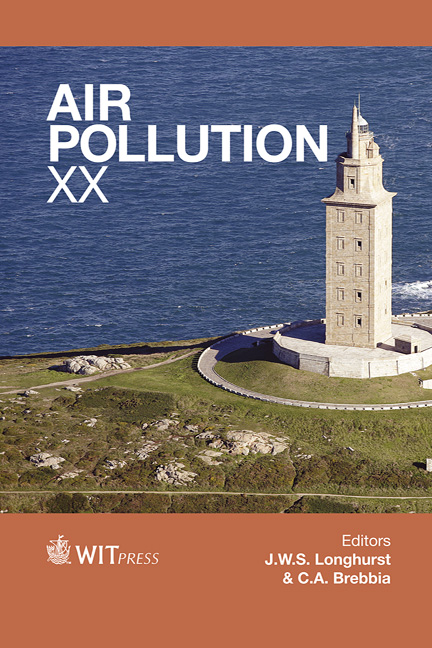Characterization Of Suspended Particulate Matter Emitted From Waste Rice Husk As Biomass Fuel Under Different Combustion Conditions
Price
Free (open access)
Transaction
Volume
157
Pages
12
Page Range
365 - 376
Published
2012
Size
3,231 kb
Paper DOI
10.2495/AIR120321
Copyright
WIT Press
Author(s)
Q. Wang, T. Maezono, P. Apaer, Q. Chen, L. Gui, K. Itoh, H. Kurokawa, K. Sekiguchi, K. Sugiyama, H. Niida & S. Itoh
Abstract
There are large quantities of waste rice husk, e.g. around 3 million tons are estimated as biomass waste every year in Japan. Air pollutants emitted from exhaust gases of rice husk incineration lead to very important environmental damage, not only because of the influence on global environment and climate, when released into the atmosphere, but also on human health due to local air pollution. Therefore, it is necessary to effectively utilize waste rice husk and to reduce air pollutants. In recent years, there is an increasing demand on the utilization of unused biomass instead of fossil oil fuel in combustors for farminggreenhouses heating during the winter season. This increase in the demand will increase the running costs. In general, since these combustors are small in size, there is lack of regulations or laws (e.g. the air pollution control act and the waste disposal and public cleaning law) in operation for their air pollution control. So far, small size combustors are characterized by their simplicity of structure and the low costs; therefore, they emit visible black carbon (elemental carbon) due to their poor combustion performance. In this study, we investigated if fossil fuel can be substituted by waste rice husk in laboratory model combustion experiments. We evaluated the emission behavior of harmful air pollutants emitted from rice husk combustion by measuring carbonaceous and ionic composition of suspended particulate matter in the exhaust gases. From the analytical results we found that particulate mass concentrations can be reduced substantially at high temperature combustion. Fine particle size distribution is different with combustion conditions (e.g. smoldering combustion, flaming combustion). Ionic composition is mainly
Keywords
rice husk, small size combustors, fine particle size distribution, combustion conditions, carbonaceous and ionic composition





